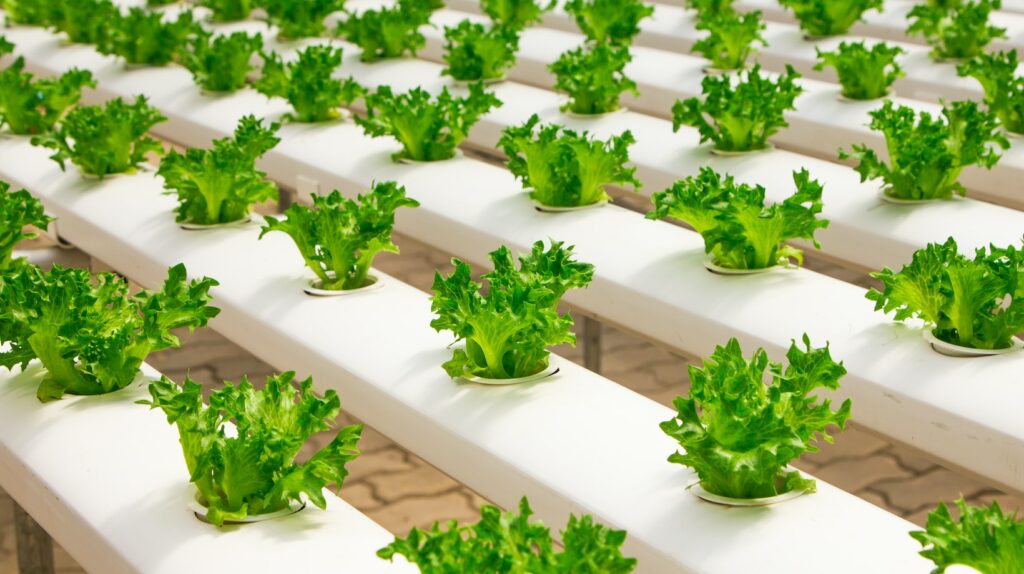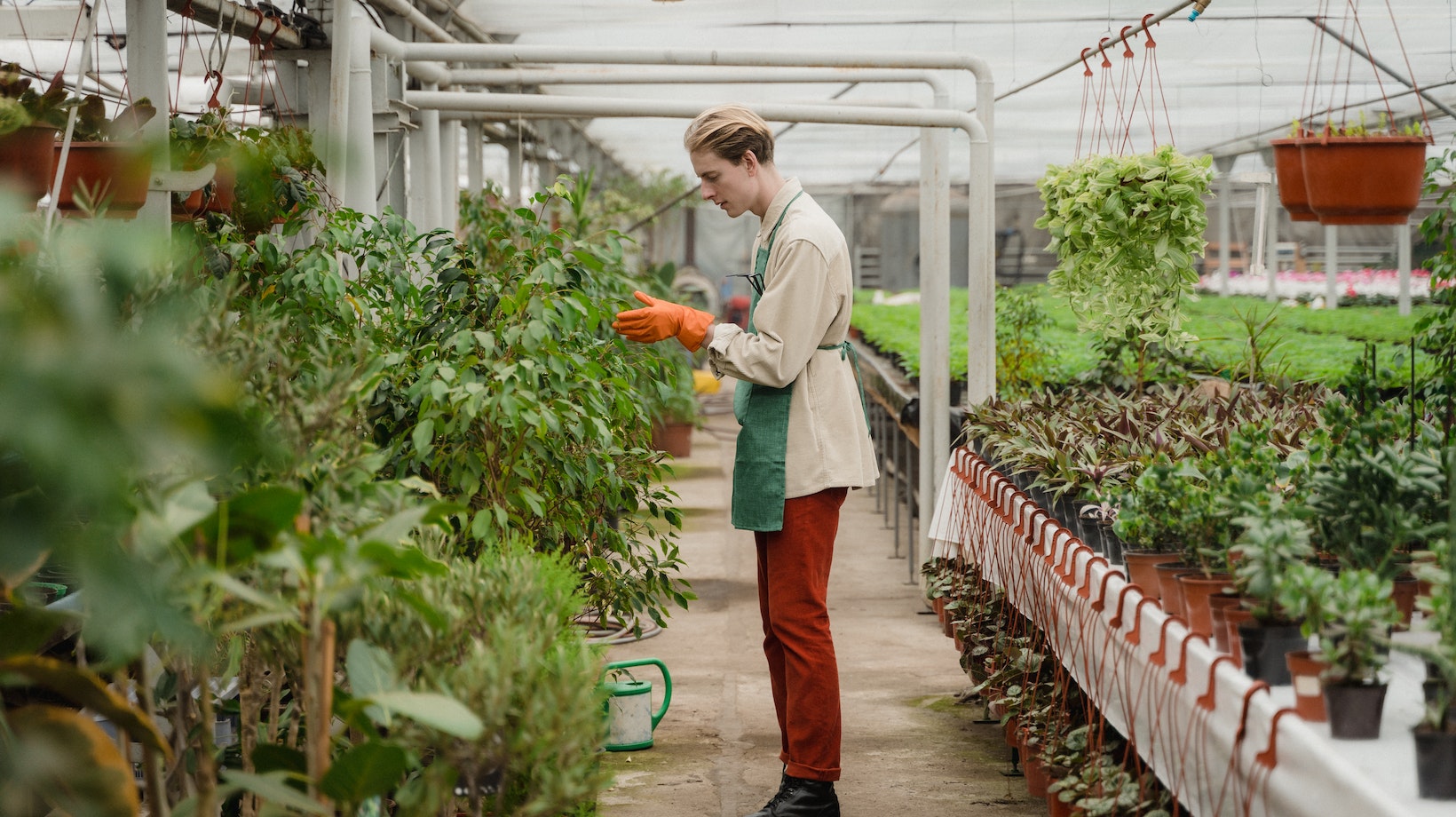
Blueprint for a Greener Future: How to Invest in Vertical Farming
Understanding the Concept of Vertical Farming
We’re delving into an exciting, innovative area today: vertical farming. It’s a concept that has been gaining traction in recent years, thanks to its potential for sustainable food production. But what exactly is it?
Essentially, vertical farming is the practice of growing crops in vertically stacked layers or inclined surfaces. Often, these systems are integrated into other structures like skyscrapers, used shipping containers or repurposed warehouses. The idea here isn’t just about maximizing space – although that’s certainly a big plus in urban environments where land is at a premium.
The real game-changer with vertical farming lies in its controlled environment agriculture (CEA) technology, where all environmental factors can be controlled. These include light intensity and spectrum, humidity, temperature and even CO2 levels! It means you’re not at the mercy of weather conditions; crops can grow year-round regardless of external climate conditions.
Here’s why we think it’s worth considering how to invest in vertical farming:
- Sustainability: Vertical farms use up to 70% less water than traditional agriculture and don’t require pesticides or herbicides.
- Increased Yield: Because they aren’t dependent on seasons or weather conditions, vertical farms can produce crops year-round.
- Local Production & Reduced Transport Costs: Being located close to consumers means fresher produce and reduced transport costs.
- Urban Regeneration: Unused city spaces get a new lease on life as productive urban farms.
So there you have it – a brief primer on the concept of vertical farming. As we delve further into this topic in our upcoming sections, we’ll guide you through specifics about investing in this promising field.

How to Invest in Vertical Farming
There’s a wave of green sweeping across the globe as we’re seeing an upsurge in interest for sustainable farming practices. One such practice that’s been gaining momentum is vertical farming. But how do you invest in vertical farming? Let’s dive into some potential opportunities we’ve identified.
First, there are startups and companies out there leading the way in vertical farming technology. They’re constantly innovating, finding ways to make growing crops vertically more efficient and cost-effective. By investing directly in these companies, whether through stocks or private equity, you’re essentially betting on their success.
Here are few examples:
- AeroFarms – This New Jersey-based company is a leader in aeroponic technology, which uses mist instead of soil to deliver nutrients to plants.
- Bowery Farming – Located in New York City, they utilize machine learning algorithms to optimize growth conditions.
- Plenty – Based out of San Francisco, they’re known for their towering indoor farms.
Next up is real estate investment. Vertical farms need space to grow – lots of it! Investing in property where these farms can be established could prove beneficial if this sector continues its upward trend.
Moreover, consider putting your money into funds that focus specifically on sustainable agriculture technologies. These include:
- Omnivore Partners
- S2G Ventures
- Anterra Capital
Finally, explore crowdfunding platforms like Kickstarter or Indiegogo that often feature projects related to vertical farming innovations.
Remember though: every investment carries risks alongside its potential rewards — even those tied into something as promising as vertical farming. Do your due diligence before parting with your hard-earned cash!
Exploring Funding Options for Initial Capital
One of the most common routes is to seek out venture capitalists. These are individuals or firms who’ll invest large sums into potential high-growth companies. They typically seek a return on their investment through equity ownership. A great example is Plenty, a vertical farming start-up that secured $200 million in series B funding from SoftBank’s Vision Fund.
Another option is crowdfunding. This method involves asking a large number of people to contribute small amounts towards your initial capital. Kickstarter and Indiegogo are popular platforms used for this purpose.
Angel investors could also be an avenue worth exploring. Unlike venture capitalists, angel investors make decisions based more on passion and less on rigid profit calculations, making them more willing to take risks on unproven concepts.
Government grants and loans also provide opportunities for securing initial capital. In many countries, there are specific programs designed to support innovative agricultural practices like vertical farming.
So let’s start shaking hands to these key players as we continue learning how to invest in vertical farming.





